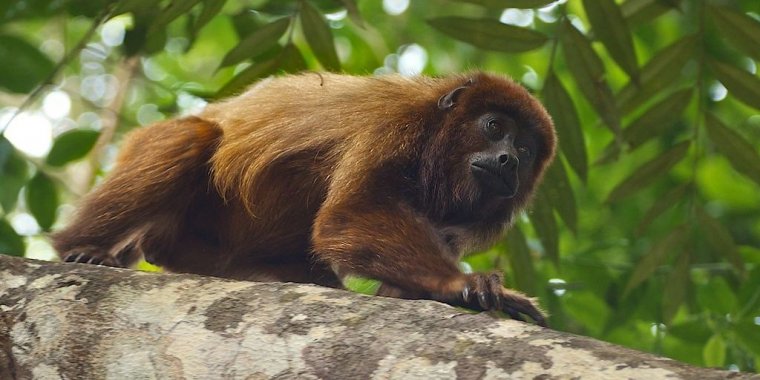| News / Science News |
Human malaria spread from monkeys found in Brazil
A parasite that causes malaria in monkeys infected 50 people between 2015 and 2016 in Rio de Janeiro, in the Mata Atlântica region.

The brown howler monkey is one of the primates carrying the parasite Plasmodium simium. ![]()
The Mata Atlântica is a region with high-density forests that covers the South and Southeast of Brazil, home to 70 percent of the country's population.
The first molecularly confirmed cases of malaria transmission from monkeys to humans were reported in early 2000s, in Southeast Asia. Rio de Janeiro is the second part of the world to confirm this type of transmission.
Most cases of malaria seen in Brazil occur in the Amazon and are thought to be caused by the parasite Plasmodium vivax. But after DNA testing on the blood of infected people in Rio de Janeiro, the team found that their disease was caused by the Plasmodium simium parasite, not P. vivax.
This parasite may have always infected people in this region but gone misdiagnosed as P. vivax, they write, because molecular typing techniques were not available.
To overcome this problem, scientists developed a technique to perform genetic analysis of the parasite’s mitochondria.
Both types of malaria produce similar symptoms in people who catch it — high fever, chills, headaches and muscular pains — although those of ‘monkey malaria’ are more benign than those of the vivax type. Treatment is the same, with a combination of antimalarials such as chloroquine and primaquine.
Most cases of vivax malaria recorded in Brazil are transmitted to people through bites by mosquito vectors such as the Anopheles darlingi. The simium type of the disease is transmitted from monkeys to humans by bites of Anopheles Kertezia cruzii mosquitoes, which are only found in places of dense vegetation. (SciDev.Net)
YOU MAY ALSO LIKE




